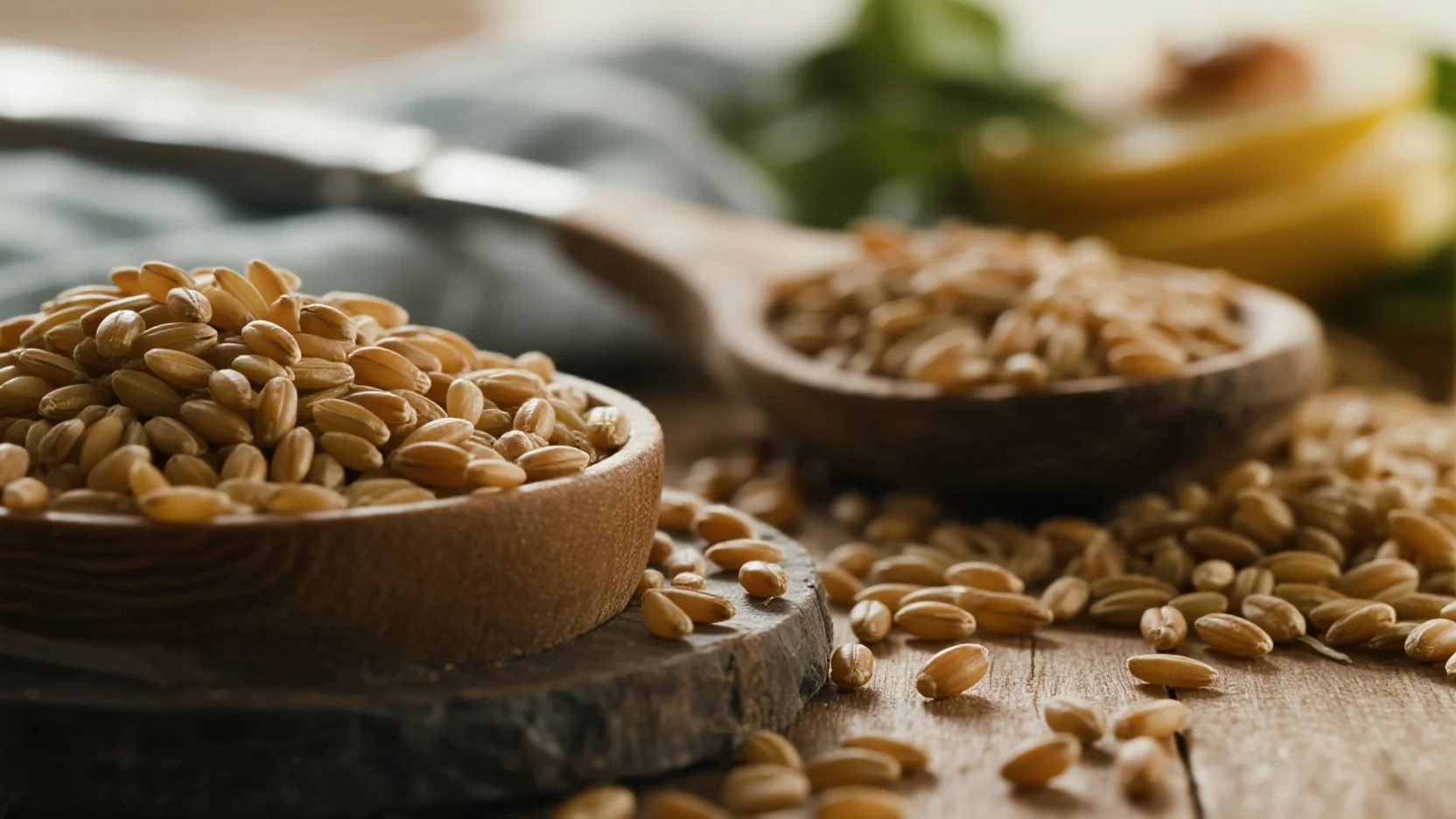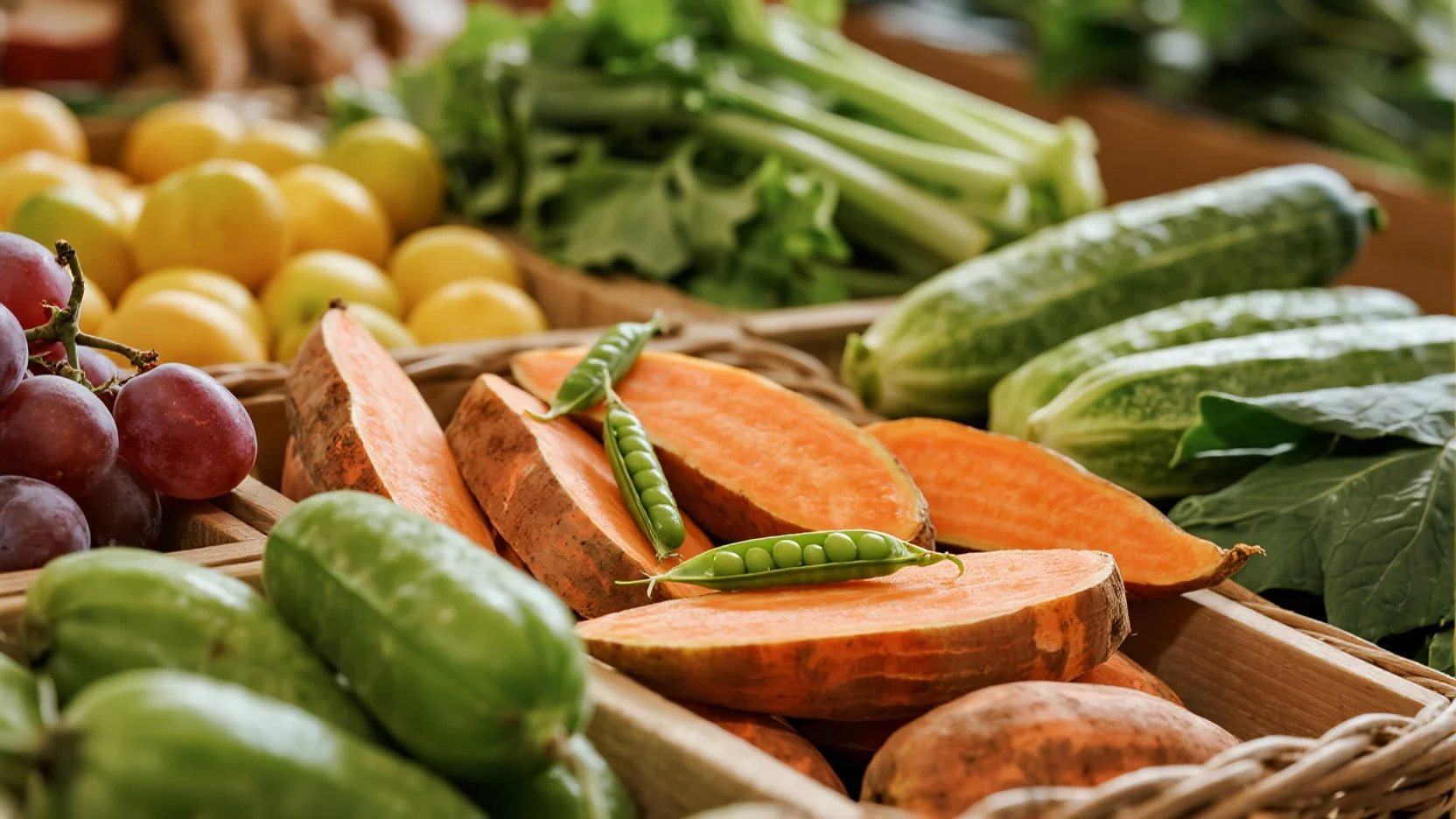Hey there, pet parents! If you’re browsing Amazon for your furry friend’s next meal, you’ve probably noticed more pet foods boasting “grain-inclusive” or “veggie-packed” labels. Plant-based ingredients like grains and specialty crops are becoming bigger players in pet food, and it’s not just a trend—it’s a shift backed by solid data. The 2025 Decision Innovation Solutions (DIS) report, prepared for IFEEDER, dives deep into the ingredients fueling the $51.7 billion U.S. pet food market in 2024. With 4.1 million tons of farm or mill-based ingredients like corn, rice, and sweet potatoes making their way into cat and dog foods, plants are stealing the spotlight. Let’s explore why grains and specialty crops are on the rise, what they bring to your pet’s bowl, and how to choose the best plant-powered food for your cat or dog.
Why Plant-Based Ingredients Matter
When you think pet food, meat probably comes to mind first—after all, cats and dogs love their chicken and beef. But plant-based ingredients, like grains and specialty crops (think veggies and fruits), are key to balancing nutrition, especially for dogs, who are omnivores and can thrive on a mix of meat and plants. Cats, as obligate carnivores, rely mostly on animal proteins, but plants still sneak into their diets for flavor, fiber, or cost savings. The DIS report, crunching 2024 Nielsen data, shows that farm or mill-based ingredients—grains, milled grains, veggies, and more—account for 4.1 million tons, valued at $3.4 billion, in U.S. pet food. That’s a huge chunk of the 9.28 million tons of total ingredients used, showing just how vital plants are to the industry.
Grains: The Energy Powerhouse

Grains like corn, rice, and wheat are the heavy hitters in pet food, especially for dogs. The DIS report pegs grains at 1.84 million tons and milled grains (like corn protein meal or rice flour) at 1.59 million tons, making them some of the most-used plant-based ingredients. Corn leads the pack at 1.04 million tons, followed by corn protein meal (523,769 tons), soybean meal (307,224 tons), and wheat (207,924 tons). These ingredients are affordable, widely available, and packed with carbohydrates for energy, which is why they’re staples in dry dog food, which dominates sales at 5.36 million tons.
Why are grains so popular? For dogs, they’re a cost-effective way to fuel active lifestyles. Corn, for instance, isn’t just filler—it provides carbs and some protein, making it a go-to for brands like Purina Dog Chow or Pedigree, which you’ll find all over Amazon. The report notes that grains make up 44.5% of ingredient tonnage but only 25.7% of the value, meaning they’re a budget-friendly way to bulk up kibble without breaking the bank. For cats, grains appear less often—think rice flour or barley in small amounts—since felines get less nutritional bang from carbs.
But grains aren’t without controversy. The DIS report shows a 23% drop in corn use since 2019, hinting at the rise of “grain-free” diets driven by pet owners seeking premium or allergy-friendly options. Still, grains remain a reliable choice for most dogs, especially when paired with high-quality proteins.
Specialty Crops: Adding Nutrition and Flair
Specialty crops—fruits, veggies, and legumes like peas, sweet potatoes, and carrots—are the rising stars of pet food. The DIS report counts 289,839 tons of specialty crops, with peas leading at 75,247 tons, followed by dried beet pulp (42,840 tons) and sweet potatoes (36,643 tons). These ingredients show up 13,299 times on pet food labels, adding not just nutrition but also flavor and marketing appeal. Who doesn’t love seeing “blueberries” or “pumpkin” on a bag of kibble?
For dogs, specialty crops bring fiber, vitamins, and antioxidants. Peas, for example, offer plant-based protein and fiber, making them a hit in premium brands like Blue Buffalo or Wellness Core. Sweet potatoes add digestible carbs and a touch of sweetness, perfect for picky eaters. Cats get less of these—only 32,022 tons in cat food compared to 257,817 tons in dog food—since their bodies prioritize meat. But when veggies like dried beet pulp or carrots pop up in cat food, they’re often there for texture or to aid digestion.
The report highlights a growing variety of specialty crops, with 48 organic farm or mill-based products in 2024, up significantly from 2019. This reflects pet owners’ demand for natural, human-grade ingredients, a trend you’ll see in Amazon’s “fresh pet food” category, where brands like The Honest Kitchen tout veggies for health-conscious pet parents.
The Rise of Plant-Based Ingredients: What’s Driving It?
So, why are grains and specialty crops gaining ground? The DIS report points to a few key factors:
- Cost and Sustainability: Grains like corn and rice are affordable and widely available, keeping pet food prices manageable. Upcycled ingredients, like dried beet pulp or corn protein meal, reduce waste, with 1.06 million tons of upcycled ingredients in cat food and 3.03 million tons in dog food.
- Consumer Demand: Pet owners are spending big—$51.7 billion in 2024, up 70.2% since 2019—and they want foods that sound wholesome. Specialty crops like blueberries or lentils make labels more appealing, especially for premium brands.
- Nutritional Balance: Dogs benefit from the carbs and fiber in grains and veggies, which complement proteins like chicken (2.21 million tons) or beef (1.26 million tons). The report shows plant carbohydrates (2.34 million tons) and plant proteins (1.11 million tons) are key for dog food balance.
- Market Trends: While grain-free diets are popular, the DIS report notes that grains still dominate due to their reliability and cost. Meanwhile, specialty crops are surging as pet owners seek “human-grade” or organic options.

How to Choose Plant-Based Pet Food on Amazon
Ready to pick a plant-powered pet food? Here are some tips, straight from the DIS report, to guide your Amazon shopping:
-
Dogs Love Grains: For most dogs, grains like corn or rice are great for energy. Look for dry foods (5.36 million tons sold, worth $19.7 billion) with grains listed after high-quality proteins. Brands like Hill’s Science Diet or Iams are solid picks.
-
Cats Need Less: Cats don’t benefit much from plants, so choose foods where grains or veggies (like peas or carrots) are lower on the label, behind proteins like chicken or fish. Try Purina Pro Plan’s wet foods for meat-heavy options.
-
Check Specialty Crops: Veggies like sweet potatoes or peas add nutrition and appeal. Brands like Orijen or Acana often highlight these in their premium lines, perfect for dogs with active lifestyles or sensitive stomachs.
-
Watch for Fillers: The report notes additives can make up 15.3% of some products’ weight. Avoid foods where grains or veggies dominate over proteins, especially for cats. Check ingredient lists for whole foods first.
-
Go Green with Upcycled Ingredients: Upcycled crops like dried beet pulp are eco-friendly and nutritious. Brands like The Farmer’s Dog use these to keep sustainability high and prices reasonable.
Wrapping It Up
The DIS report, loaded with 2024 Nielsen data, shows that plant-based ingredients—grains (1.84 million tons) and specialty crops (289,839 tons)—are a growing force in the $51.7 billion pet food market. Grains like corn and rice provide affordable energy for dogs, while specialty crops like peas and sweet potatoes add nutrition and pizzazz for both cats and dogs. As you shop on Amazon, look for foods that balance these plant-based ingredients with high-quality proteins to match your pet’s needs.
